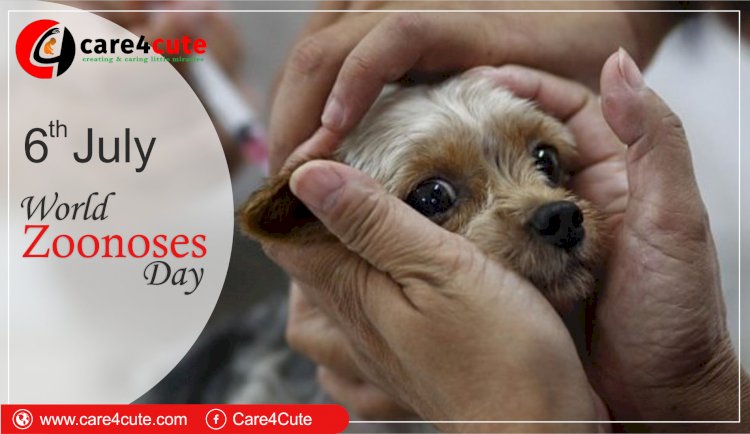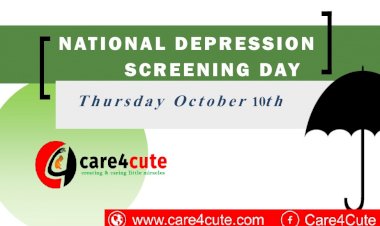6th July, 2019 - World Zoonoses Day
World Zoonoses Day is celebrated on 6th July every year. The objective of the competition is to raise awareness of the risk of zoonotic diseases amongst the people.

World Zoonoses Day is held every year on July 6. The day commemorates July 6, 1885, when Louis Pasteur successfully administered the first vaccine against Rabies virus, a zoonotic disease. Theme day raises awareness for the risk of zoonotic diseases.
Zoonoses are infectious diseases (virus, bacteria and parasites) that can be spread from animals to humans, and vice versa. Zoonoses can spread from direct contact with animals or indirectly, vector-borne or food-borne.
Zoonotic diseases are very common, for example tick-borne encephalitis and borreliosis. But also many foodborne infectious diseases like salmonella, Yersinia, EHEC, botulism or campylobacter are all also zoonoses.
About Zoonoses: -
- The word zoonoses has been derived from the Greek words zoon (animal) and nosos (ailment). As per the veterinary doctors, there are about 150 known zoonotic diseases.
- It is all about spread of infectious disease between species, sometimes done by a vector from animals to humans and from humans to other animals.
- People can get infected by zoonotic diseases from contact with infected live poultry, reptiles, rodents, insects, amphibians and other domestic and wild animals.
- Prominent zoonotic diseases are tuberculosis, cat scratch fever, tick paralysis, roundworms, hookworms, scabies and rabies.
Who is at a higher risk of serious illness from zoonotic diseases?
Anyone can become sick from a zoonotic disease, including healthy people. However, some people may be more at risk than others and should take steps to protect themselves or family members. These people are more likely than others to get really sick, and even die, from infection with certain diseases. These groups of people include:
- Children younger than 5
- Adults older than 65
- People with weakened immune systems
People can get zoonotic diseases from contact with infected live poultry, rodents, reptiles, amphibians, insects, and other domestic and wild animals. A common way for these diseases to spread is through the bite of a mosquito or tick. People can get diseases in most places where they might have contact with infected animals and insects, including:
- Animal displays
- Petting zoos
- Pet stores
- Nature parks
- Wooded and bushy areas
- Farms County or state fairs
- Child–care facilities or schools
The most common zoonotic diseases:
- Plague
- Tuberculosis
- Cat Scratch Fever
- Tick Paralysis
- Hantavirus
- Ringworm
- Salmonellosis
- Leptospirosis
- Lyme disease
- Campylobacter infection
- Giardia infection
- Cryptosporidium infection
- Roundworms
- Hookworms
- Scabies
- Harvest mites
- Rabies
How to avoid zoonotic diseases?
- Good hand hygiene by washing hands with soap and clean water
- Preventive clothing for bites from mosquitoes, ticks and fleas
- Store and handle food safely and cook properly
- Avoid bites and scratches from animals
In clinical laboratories remember to maintain high-quality diagnostics. Labquality organizes annually following external quality assessment schemes for zoonotic diagnostics:
Virology
5560 / Puumala virus, antibodies
5099 / Tick-borne encephalitis virus, antibodies
5635 / Dengue virus, antigen and antibody detection
Bacteriology
5180 / Salmonella, culture
5960 / Borrelia burgdorferi, antibodies
5190 / Faecal culture
5191 / Faecal bacteria pathogens, nucleic acid detection
Parasitology
5430 / Malaria, antigen detection
5420 / Toksoplasma, antibodies
5450 / Parasites in feces, virtual microscopy
5470, 5471 / Parasites in blood, virtual microscopy
5472 / Giardia and Cryptosporidium, nucleic acid detection

 Sangeeta Jain
Sangeeta Jain 






































Comments (0)